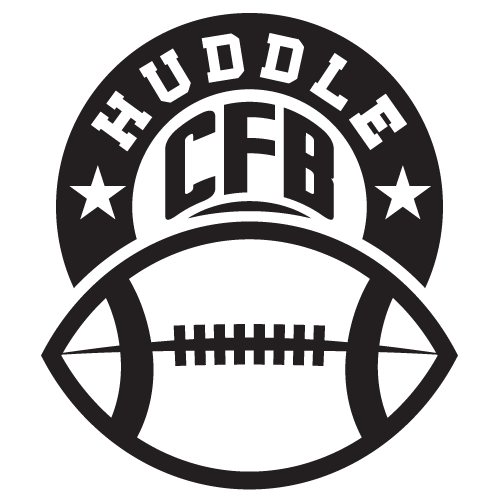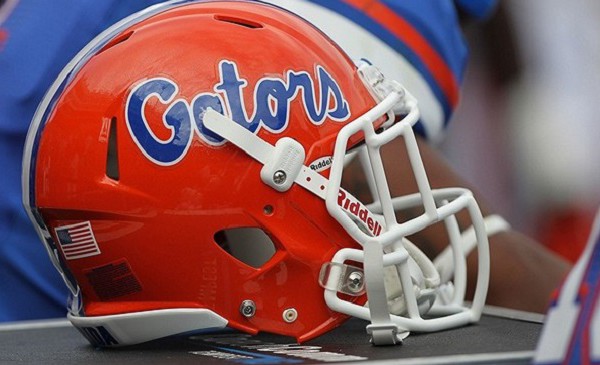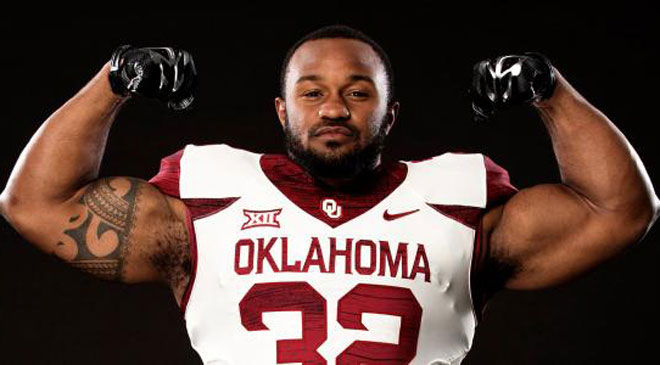College football records set in the modern era get dismissed easily, due to the proliferation of uptempo offenses and the extension of the season’s length. As Oklahoma running back Samaje Perine pursues his place in Sooner history this fall, however, it’s necessary his career be given the proper appreciation.
Samaje Perine needs just 1,057 yards to surpass 1978 Heisman Trophy winner (and 1979 Heisman runner-up) Billy Sims as Oklahoma’s all-time career rusher. It’s a mark head coach Bob Stoops remarked to reporters Saturday “quietly snuck up on everybody.”
And how. Considering Perine’s well-positioned to overtake a player who very nearly became just the second player in history to win two Heismans, the record would seemingly have been the talk of the offseason.
It certainly seems pundits approach record-setting with a blase attitude any more; both Christian McCaffrey and Derrick Henry snapped hallowed marks set by college football legends last season, and the reaction felt luke-warm at best. Odd in an era of hot takes.
But it’s not just the regularity with which records fall in today’s game explaining the startling lack of buzz around Samaje Perine’s chase. He’s just about universally regarded as only the No. 2 Heisman candidate on his own team heading into 2016, which indicates the attitude of the era.
It’s a quarterback’s world. Running backs are just living in it.
And while Baker Mayfield’s accolades and hype are well-deserved, to attribute Perine’s stat-stuffing merely to the balance of a prolific offense would be in error.
Perine thrived in Lincoln Riley’s revamped, hurry-up attack, yes. That he did so while Mayfield produced eye-popping two-way numbers, and while fellow back Joe Mixon saw touches of his own, speaks to Perine’s individual effectiveness.
Riley’s system opened up the field for Perine in ways that other, similar systems have for running backs like Oregon’s Royce Freeman, who’s within striking distance of the Ducks’ career rushing record, as well.
But Perine was equally effective — even more so, statistically — operating under a less free-flowing scheme in 2014. His freshman output of 1,713 yards on 263 carries with 21 touchdowns dwarfed Adrian Peterson’s freshman year numbers of 15 scores on 339 carries for 1,925.
With Peterson’s workload at Perine’s 6.5-yard production clip, Perine would have eclipsed the illustrious 2,000-yard mark.
Nevertheless, the powerful Perine’s 3,062 yards over two seasons in crimson exceed Peterson’s two-year total of 3,029; and, despite playing in two more games in that time, Samaje Perine’s done it with 71 fewer rushes.
As far as comparing Perine and Sims head-to-head, they boast similar two-year totals. Sims averaged a whopping 7.6 yards per carry in his Heisman campaign and reached pay dirt 20 times. His 1979 YPC averaged dipped to a still-remarkable 6.7, but he scored two more touchdowns.
That stands as one of the single best, two-year stretches in college football history. Should Perine continue into his junior season on the freight train-like momentum established through his stellar, two-year run, he’ll leave Norman with a compelling case as one of the greatest to ever play on Saturdays.



